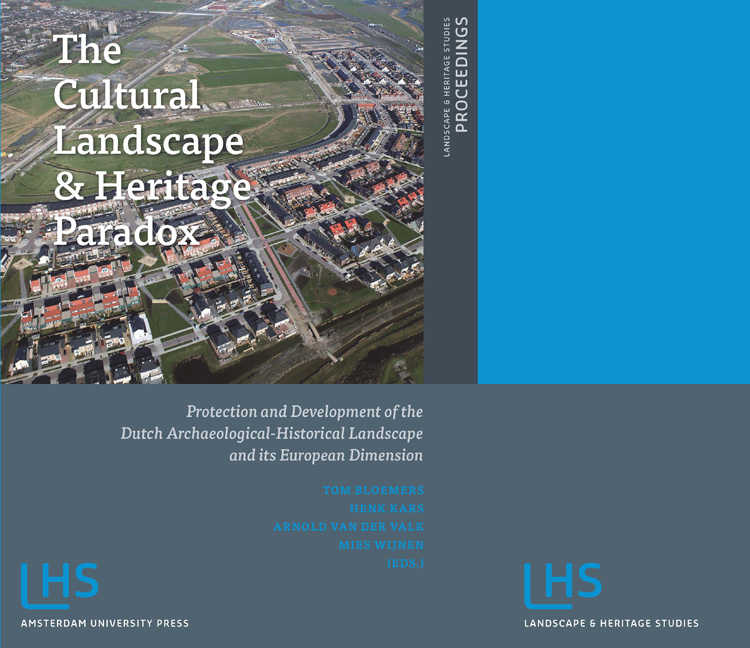 The Cultural Landscape and Heritage Paradox
The Cultural Landscape and Heritage Paradox Book contents
- Frontmatter
- Contents
- Preface
- I INTRODUCTION
- II INSIGHTS AND PROSPECTS OF ARCHAEOLOGICAL-HISTORICAL LANDSCAPE STUDIES
- III LINKING KNOWLEDGE AND ACTION
- IV IMAGINATION - FACTS AND CONSTRUCTIONS
- V SHARING KNOWLEDGE - STORIES, MAPS AND DESIGN
- VI SYNTHESIS AND CONCLUSIONS
- VII MANAGEMENT OF KNOWLEDGE
- VIII AGENDA FOR THE FUTURE
- IX SUMMARY
- X APPENDIX
- Subject Index
- Index of Places and Regions
3 - From Inventory to Identity? Constructing the Lahemaa National Park’s (Estonia) Regional cultural heritage
Published online by Cambridge University Press: 21 January 2021
- Frontmatter
- Contents
- Preface
- I INTRODUCTION
- II INSIGHTS AND PROSPECTS OF ARCHAEOLOGICAL-HISTORICAL LANDSCAPE STUDIES
- III LINKING KNOWLEDGE AND ACTION
- IV IMAGINATION - FACTS AND CONSTRUCTIONS
- V SHARING KNOWLEDGE - STORIES, MAPS AND DESIGN
- VI SYNTHESIS AND CONCLUSIONS
- VII MANAGEMENT OF KNOWLEDGE
- VIII AGENDA FOR THE FUTURE
- IX SUMMARY
- X APPENDIX
- Subject Index
- Index of Places and Regions
Summary
ABSTRACT
The Lahemaa National Park in Estonia is a somewhat special case among national parks due to its controversial history. Its creation was seen as outwitting the Soviet system, serving simultaneously as an object of national as well as socialist pride, being the first of its kind in the Union of Soviet Socialist Republics (USSR). The national park's contested nature collapsed along with the USSR and its identity as resistance needs to be reviewed. With Estonian independence the property restitution reform was carried out in conjunction with many others leaving many gaps in the legislative system. Today Lahemaa faces a building demand and set out to make an inventory of the present situation as the most urgent problem is to draft guidelines for newly built houses in order to maintain the ‘traditional’ look. Traditionality is a very difficult concept to express in words and measures. Our suggestion after extensive fieldwork is that in maintaining or searching for a new regional identity, the bottom-up approach need not focus on rural built heritage but on creating a new vision of combined nature conservation and cultural heritage by democratic process. This is not to say that material heritage (buildings and settlement structure) does not influence the conceptual heritage and social construction of regional identity but the management of this should be done in accordance with the local population.
KEY WORDS
Lahemaa National Park; planning; heritage, nature conservation, local identity
INTRODUCTION
This paper departs from the interlocked trinity of landscape, culture and heritage and addresses a set of paradoxes including protection/development, past/future and science/policy (Palang/Fry 2003). The regional example here, namely Lahemaa National Park (LNP) in Estonia, conjoining nature and culture, exemplifies how knowledge gained through action can contribute to regional identity shaped both by orders from ‘above’ and local actors.
The aim of the paper is to sketch the specific situation of the LNP to explain how societal factors alongside natural and especially material cultural heritage like rural buildings and settlement systems influence the conceptual and social construction of regional identity.
- Type
- Chapter
- Information
- The Cultural Landscape and Heritage ParadoxProtection and Development of the Dutch Archaeological-Historical Landscape and its European Dimension, pp. 115 - 132Publisher: Amsterdam University PressPrint publication year: 2010
- 3
- Cited by


